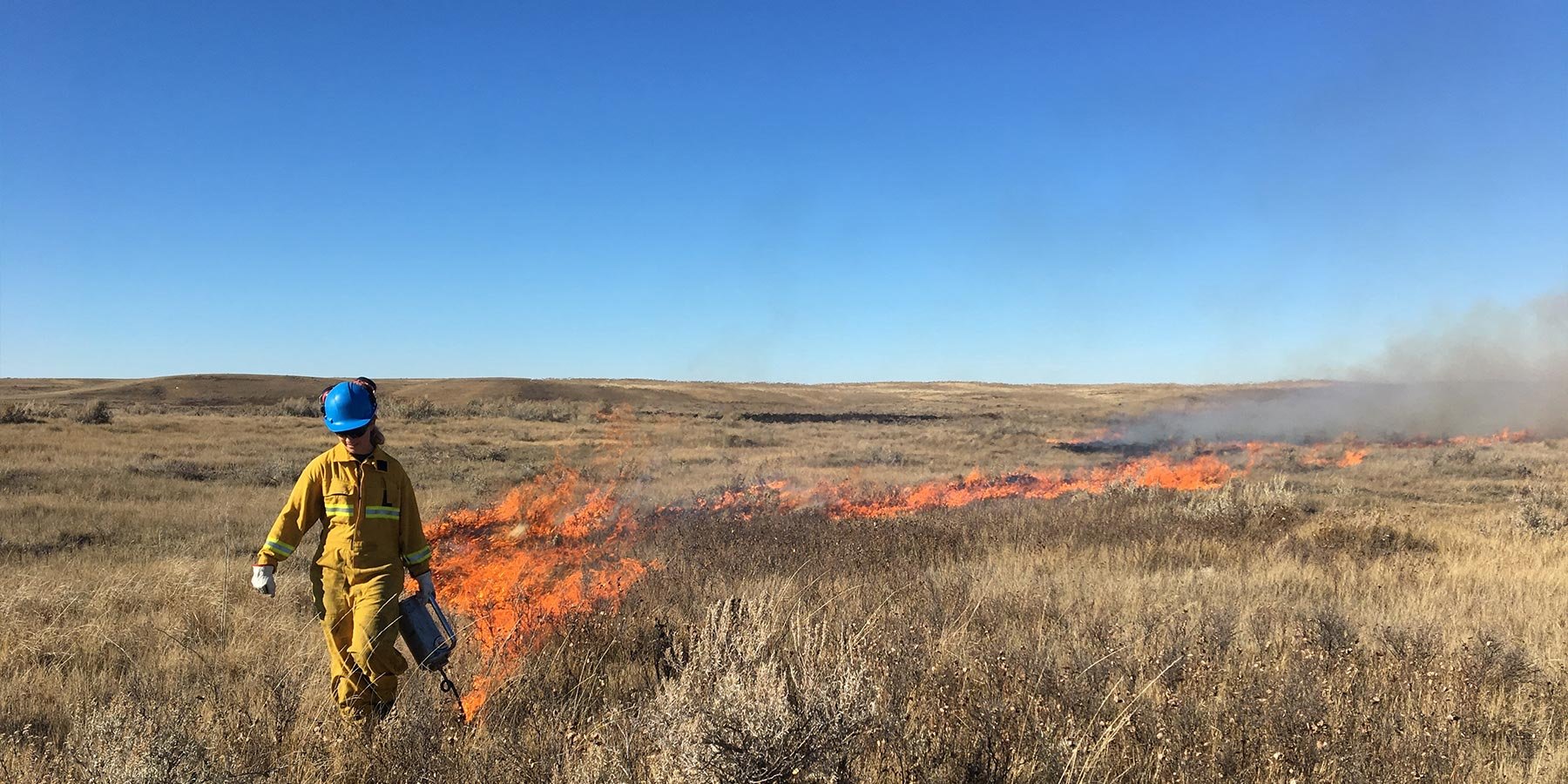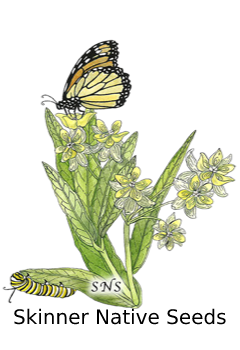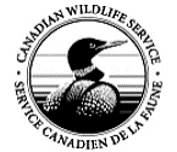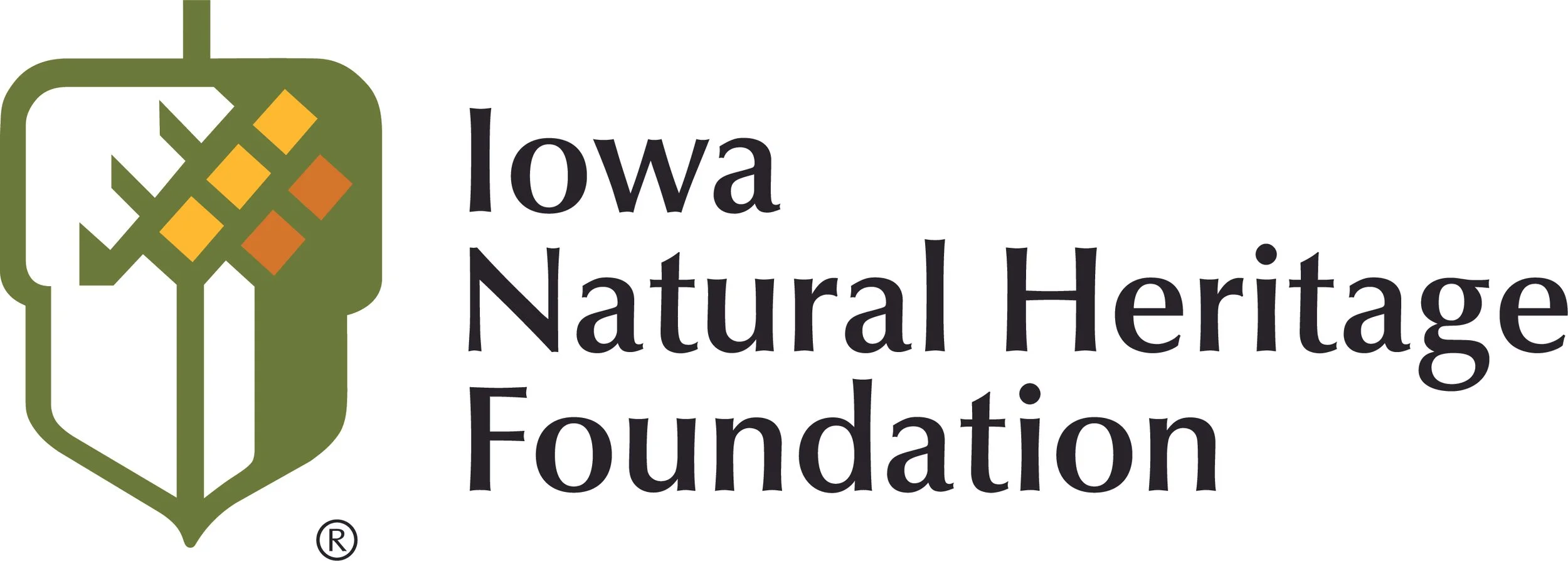
Fire, combined with grazing, is the healthy, natural way to manage grasslands.
Fire is a necessary and naturally reoccurring process in the North American Great Plains. Before European colonization, fire occurred frequently over large areas of prairie, creating habitat, pushing back tree encroachment, and providing an abundance of biodiversity that provided food for humans and animals alike. This repeated disturbance combined with the xeric (dry) climate and grazing by large mammals, maintained an ecological community dominated by grasses and sedges (graminoids), wildflowers (forbs), and shrubs, with forests confined to more mesic (moist) areas. Today that fire regime has been disrupted by over-suppression of fire, which has resulted in a loss of prairie biodiversity and uncontrollable wildfires.
Training / Planning / Knowledge
We provide training, planning and knowledge sharing around the use of prescribed fire as a management tool for enhancing healthy prairie and parkland ecosystems. We recognise the importance of fire as an instrument for conservation, traditional practice, and public safety.
Our Main Objectives
Help Conduct Fires
Our Prescribed Fire Association can help with planning, training, resource sharing (we have equipment to loan out!), and by coordinating different groups to help you get the personnel you need to conduct a fire. Our goal is to make sure you have what you need to be safe and prepared.
Photo: Angie Li
Training
Our Introduction to Prescribed Fire in the Grassland Environment course is a great way to start learning about the practice, whether you’re a landowner, conservation scientist or a well seasoned firefighter. We’re currently working with the University of Saskatchewan to make our course more accessible. More courses and seminars will be announced as we grow.
Photo: Angie Li
Sharing Fire Science
Research serves little purpose if the findings aren’t shared. We aim to help answer new questions as well as compile and share any exiting findings in the field. Science and learning occurs at all stages, so also make sure to download the free Muskrats and Fire book on our What is Prescribed Fire page.
Photo: Dr. Eric Lamb
Our Partners
+Aberdeen Municipal Pasture and DripTorch Consulting.




























